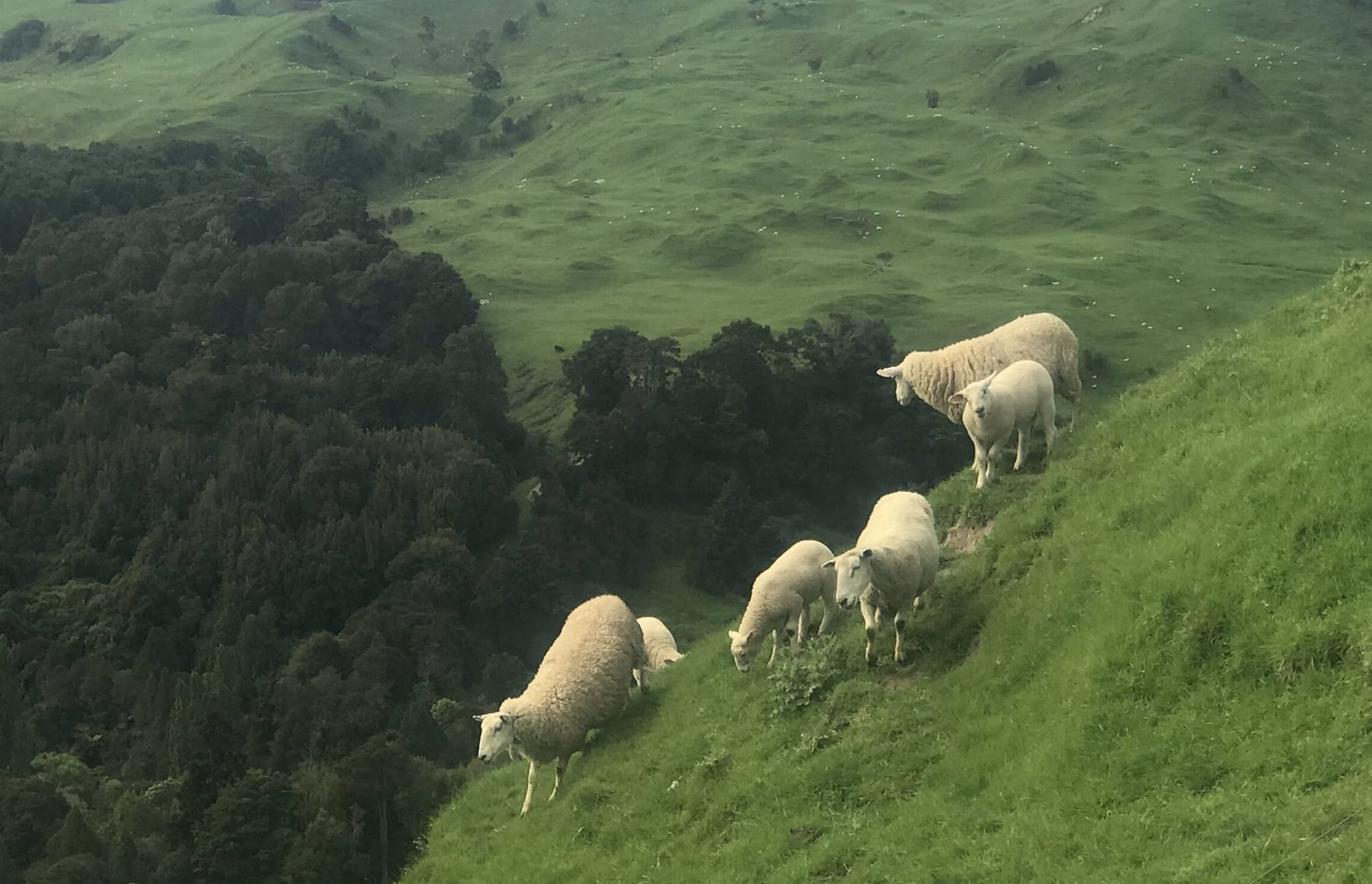
Manawatu Photo: supplied William Morrison
There's been welcome rain and warmth in the north and clear patches for sowing and silage-making but too much rain on the West Coast is not helping the mating season. Find out more in our wrap of what's happening on the farms and orchards of New Zealand.
In Northland, Dargaville's had rain - about 30 millimetres - and the hills have had more. Pastoral farmers are thrilled - kumara growers are ok with it but don't want too much more at this stage. Kumara planting's about half way through. It runs from late September to late next month.
Around Pukekohe more than 35 mm of rain has fallen this week and that will make many vegetable growers happy. Potato crops are being harvested and yields are ok - especially where they've been irrigated. With good moisture and warmth, early cucurbit sowings have germinated easily. We had to look that up - curcubits include melon, pumpkin, squash, and cucumber.

Photo: 123rf
Waikato has had wonderful warm rain and pasture growth rates are very good despite the subsoil still being quite dry. Farmers are hoping this summer's La Niña weather pattern will send a few tropical storms their way. Milk production's good but is dropping off because feed is starting to go to seed - which is normal for the time of year.
King Country's humming along nicely. Apart from late lambers, most of the docking's done. Survivability has been good despite a lower pregnancy scanning percentage. Farmers usually multiply their scanning percentage by .8 to estimate how many lambs will be on the ground at docking. The gap between scanning and docking percentages can be put down to a number of things - problematic births, bad weather causing deaths, miscarriages and ewe deaths and they might have two lambs on board. The consultant we spoke to says meat prices are under pressure, lamb has fallen from $8.90 per kilogram on the same week last year to $7.10 now. Beef has had an unusually early seasonal drop of about 60 or 70 cents per kilo on the same time last year . Early November's often when prices are at their peak.
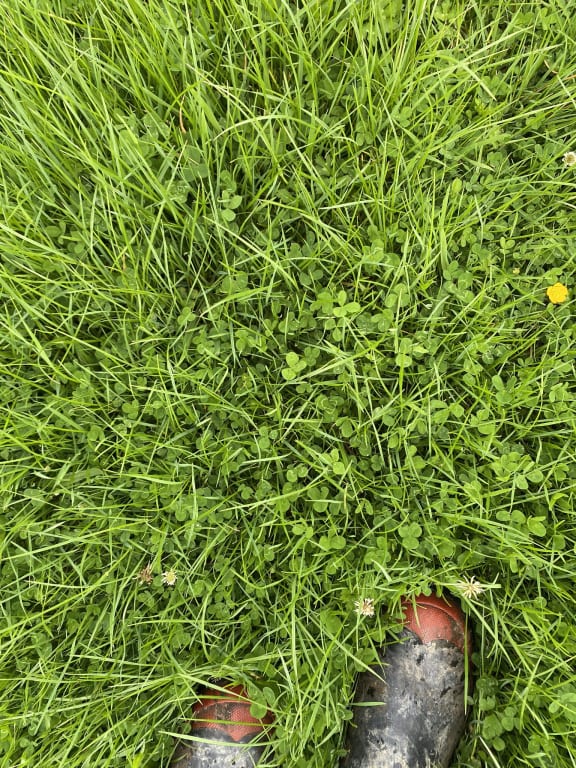
Photo: Sophie Barnes
Pasture is just starting to take off in Gisborne - a lot later than usual because it was very dry and then quite wet. Squash, corn and maize crops are finally going in. Growers have had to wait for paddocks to dry out. The real estate market is red hot in Gisborne. The agent we spoke to - who used to be an ag consultant - says interest rates are so low that farmers don't want to put money in the bank. They'd rather buy a farm, however there's not much on the market . He says three to four year old homes in newish subdivisions in town, with lawns you could mow in ten minutes, are selling for a million dollars each. His company has 22 houses going to auction on the same day at the end of the month.
A film crew had been filming on the farm we called in Hawkes Bay on Friday morning. They were working on a promotion about young people working on the land. In the afternoon the last of his 12,000 lambs were going to the works and the farmer was planning a day off tomorrow. There's a lot of silage being made on his farm. Eight hundred tonnes is already in pits and a total 5 or 6000 tonnes of maize, graze and lucerne silage will be made by the time he's finished.
Manawatū has had great growing weather - nice sunny days mixed with good moisture. Calves are off to the first weaner calf sale next week. A farmer says if the weather stays right for this weekend the mowers will be in to chop some silage. The young farmers club will be getting the call up to cover the stack with tyres on Saturday night for their club's fundraiser.
In Wairarapa, the grass is bolting out of the ground. A few weeks ago, pasture levels were looking lean and farmers were turning on irrigators but a few good dumps of rain, followed up with sunny weather, has turned things around. Silage contractors can't keep up.
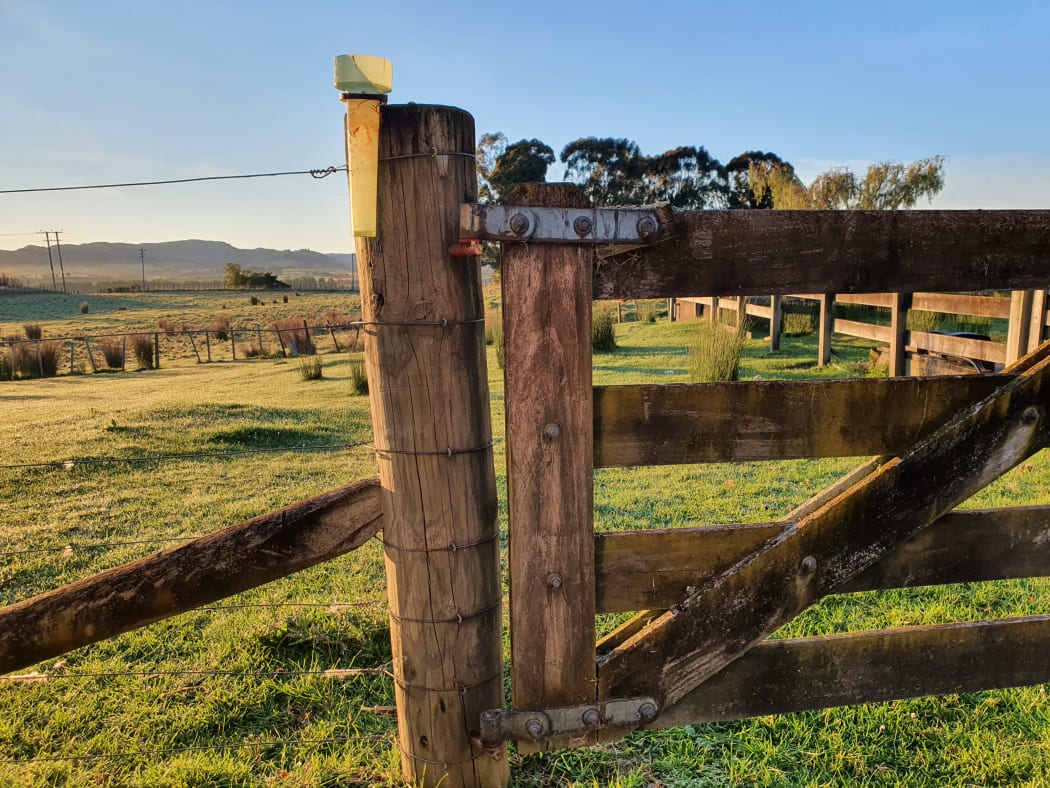
Rain gauge on a fence post Photo: RNZ/Sally Round
The Nelson/Motueka regions had a fair bit of rain this week. An apple grower in Motueka recorded 100 mm and that's a lot for them, he says. The pruning's all done but other orchard work has ground to a halt. As soon as the skies clear, fungicide and thinning sprays will go onto trees. Staff-wise things are okay for now, but when picking begins there will be problems. The grower wants to know what's happening with seasonal workers on the RSE scheme - he says livelihoods are at stake.
Marlborough's received a welcome reprieve from what was becoming a dangerously dry spring and early summer. The farmer we spoke to says October's rainfall was 39 percent below average with just over 22 mm falling. But after a good dump of rain this week, he says they can breathe a little more easily. Twenty eight mm had already fallen when we rang earlier in the week. He says the rain sets the region up well heading into summer.
The weather's been atrocious in the Lake Brunner area of the West Coast this week. On Monday alone, more than 200 mm of rain fell. Since then there has been more heavy rain with some dry patches. The upside is - it's warm - but less than ideal conditions for mating and for the technicians who are doing artificial insemination. Poor pasture utilisation has seen milk production levels drop. Cows are on palm kernel and silage. To stop grass from getting pugged up, they're on stand-off pads overnight. Because it's too wet for tractor work, helicopters have been busy spreading urea. It takes up to 40 minutes to do 50 hectares at 60 kilos a hectare - and it costs the farmer about 30 dollars a hectare.
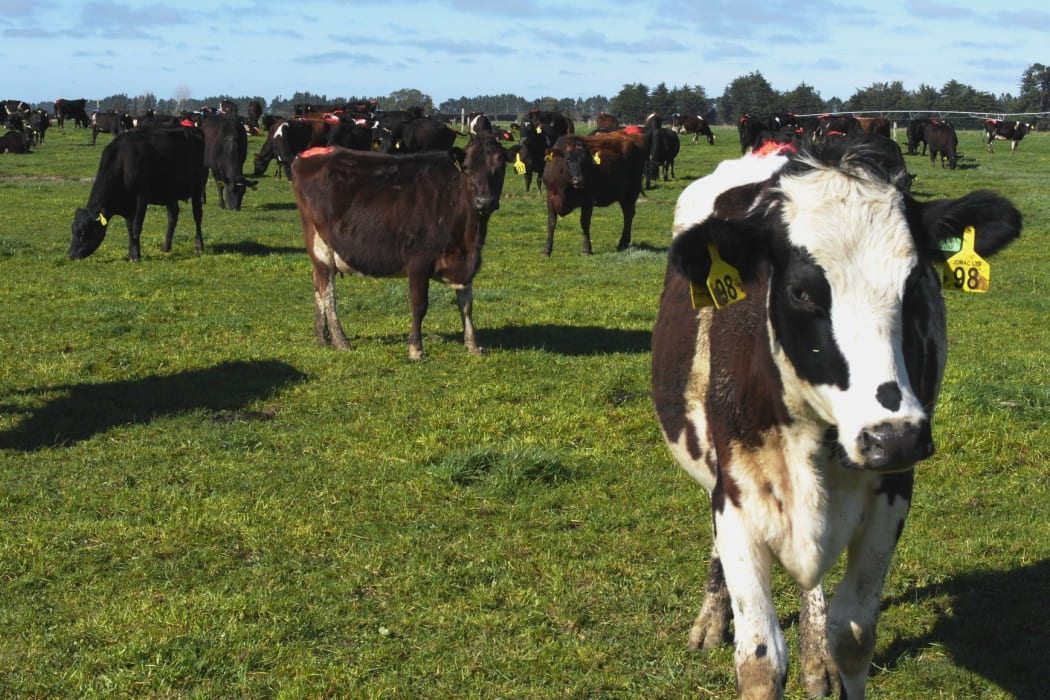
Dry conditions in Canterbury mean dairy farmers are feeding out Photo: RNZ / Cosmo Kentish-Barnes
It's been another mixed week in Canterbury but dry conditions remain. Spring feed surpluses are mostly non- existent. As a result dairy farmers are feeding out and store cattle have more sellers than buyers.
Temperatures in South Otago reached the early twenties on Thursday morning. This was followed by showers - but the ground has firmed up, so there's plenty of ploughing and sowing happening. Contractors are making silage too. A Balclutha farmer achieved a 140 tailing percentage -. that's the number of lambs born per 100 ewes mated - not too bad for rolling hill country. The feed conditions are ideal for lambs as they like shorter grass. They weigh about 22 kilos now and by the time they go to the works in December they should be 36 kg, our contact says. His two-year-old bulls were killed last week and averaged 350 kg on the hook.
After a couple of cracker days in Southland, farmers are finally able to get tractors onto paddocks. It's mainly direct drilling grass though. Winter crops like chowmolia and kale are not due to go in for another few weeks. Milk production's going ok but some people are behind last year due to the lack of quality grass. The Edendale farmer we talked to says he had to put grass in himself this week. He borrowed a seed drill from a local contractor who was too busy to do it because he's understaffed, due to Covid 19. The farmer says he's about half way through mating, weaning calves, about to start making balage and he's fitted in a few ag industry meetings too. So there's a lot going on at the moment!
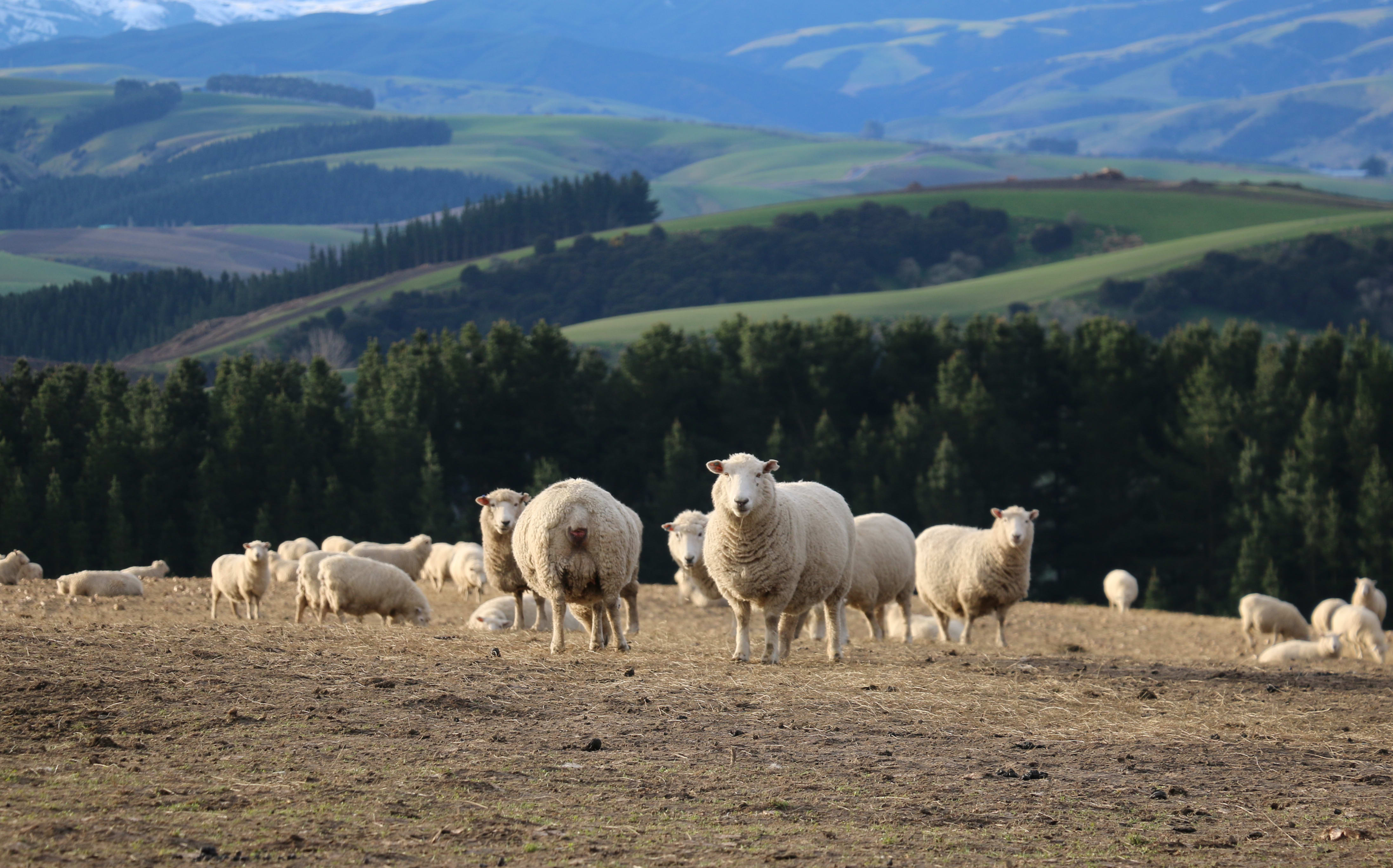
Sheep in Otago. Temperatures in the region's south reached the early 20s this week. Photo: RNZ / Cosmo Kentish-Barnes
On the Farm is a weekly wrap of farming conditions around New Zealand.

